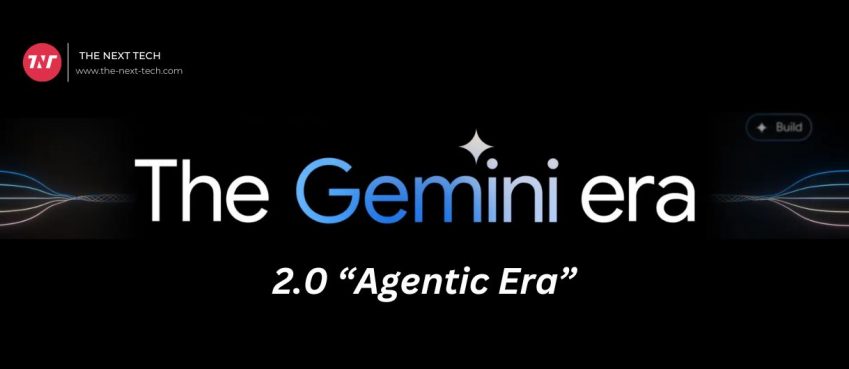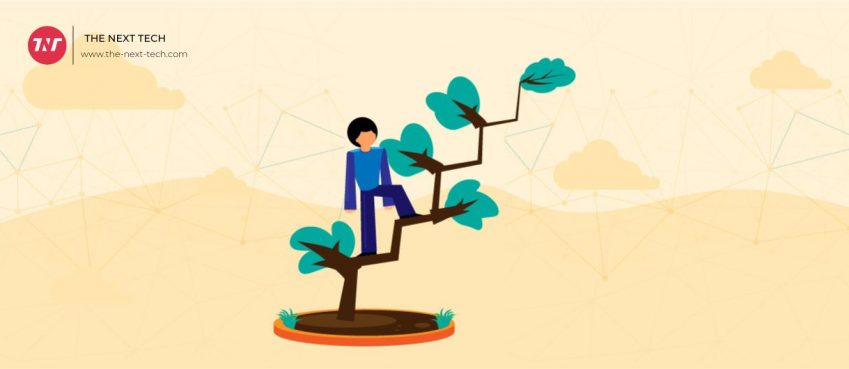
Artificial intelligence is often portrayed as an all-knowing machine. However, it can also learn as it goes. Location intelligence is one of the most important lessons AI should be taught. It will help you find people, assets, and events in different locations and understand how they relate to one another.
Think about all the technology that has helped the pandemic-era tech thrive based on location: the delivery apps, COVID testing, vaccine dashboards, safe-to-go store orders, and vaccine dashboards.
Location intelligence is the output of a geographical information system (GIS) and provides critical context which forms the basis of what machines can learn to do. Here are four ways to ramp up AI with location intelligence.
Top 4 AI Business Applications for 2021
1. Make Keen Predictions with Recommender Systems
AI does not require huge amounts of historical data to get started. Instead, AI uses reinforcement learning whenever an answer isn’t known. To find the best solution, machines use trial and error to solve problems.
Jensen Huang (CEO of NVIDIA semiconductor-maker) described the near future as “the automation of automation”. Huang spoke with Times magazine and said that AI will improve complex operations like food production, logistics, health care, and healthcare.
Huang spoke about recommender systems, which use reinforcement learning to predict people’s choices based upon their preferences and habits. He called them the most important AI system of our time.
Although this AI doesn’t need historical data to predict better outcomes it still needs context. Harvard Business Review notes that it is crucial to design the inputs, actions, and rewards that nurture machine learning upfront. GIS adds location intelligence to a recommender program, allowing it to predict what might happen and how.
2. Find Trends When and Where They’re Happening
It’s one thing for AI to do all the heavy lifting, crunching profit/loss statements and producing a result. It’s much more helpful to give AI context that helps make sense of these numbers. AI can be used to enhance decision-making and assist company leaders in identifying trends with the right data inputs (e.g. location intelligence).
Leading banks use machine learning with location intelligence to analyze the revenue from existing branches and pair it with rich demographic data from possible expansion areas.
This allows them to predict the best locations for new branch openings. They can make decisions about where to expand in order to attract new customers and not pull existing customers from their branches.
Similar to the solar panel industry, companies use AI-powered location-based imagery and weather data to determine which neighborhoods are best for their rooftop sun-catching technology.
Location intelligence is used to help determine the best route. Insurance companies have taken this literally. Companies that are built around risk formulas expect fewer claims by combining location intelligence with AI to forecast accident-prone roads, and recommend safer routes.
Also read: 20+ Best Omegle Alternatives, Apps Like Omegle To Chat With Random Peoples
3. Scan Big Data Quickly to Locate Hidden Markets
Companies that are growing quickly have access to the data they need to expand. However, it can be difficult to find the right information.
Artificial intelligence makes it easier to analyze the vast amount of data required for forecasting spikes in demand and identifying areas with higher margins. This includes the collection of several thousand points of demographic data in order to determine potential customers and where they may be.
Wireless network companies have embedded location intelligence into their process. They can use the troves of data regarding dropped calls to map potential tower expansion sites. It’s all gone! Companies can map their growth plans more precisely by adding layers of information about the area’s demographics and expected growth.
GIS and AI technology can be used by retailers to determine which physical locations are most likely to drive future sales. This creates the highly sought “halo effect”, where store owners capture customers in person.
Also read: 10 Types of Developer Jobs: IT Jobs
4. Plan Ahead by Ingesting Imagery and IoT Data
The amount of data streaming from IoT sensors and satellites is almost overwhelming. The results of filtering that data through an AI app with location context are even more clear.
The robot scans the aisles at a sporting goods retailer, which has equipped its products RFID sensors. It is able to predict what customers will want and where employees should concentrate their restocking efforts.
Stores that have moved to online ordering and pickup and are not looking back after the pandemic have used location intelligence to train their systems to determine when to make someone’s drink or get their groceries ready. This is based on the person’s proximity to the store.
Future growth areas can be monitored with the same sophistication as military-grade surveillance. Aerial imagery can be used to scan vacant lots with earthmovers and cranes so that AI can identify areas where houses or retail developments are likely to be built.
Artificial Intelligence with location intelligence can scan aerial images of competitor parking lots to determine which model cars are outside. This information is useful for potential demographic data.
AI in the energy sector uses satellite imagery to detect competitors who might be building oil wells or using LIDAR-equipped drones for measuring their power lines. AI is able to analyze 10 billion data points, which would take human analysts over five years to process manually. This allows AI to detect obstacles like vegetation that need to prune or be removed.
Also read: What Is Gaming In Metaverse? 7 Best Metaverse Games To Play In 2024
Hinting at the Future of AI
Machine learning can be greatly enhanced by adding geographic information to it. With consumer behavior changing quickly and external risks like the COVID-19 epidemic and climate change disrupting, machine intelligence can be greatly improved. GIS can be incorporated into AI applications to gain location intelligence.
AI, which includes reinforcement learning, is aided by valuable location information. This helps decision-makers to assess and make decisions with confidence, and in much less time than it takes for humans to dig into the data.
Top 10 News
-
01
10 Exciting iPhone 16 Features You Can Try Right Now
Tuesday November 19, 2024
-
02
10 Best Anatomy Apps For Physiologist Beginners
Tuesday November 12, 2024
-
03
Top 10 Websites And Apps Like Thumbtack
Tuesday November 5, 2024
-
04
Top 10 Sites Like Omegle That Offer Random Video Chat
Monday October 21, 2024
-
05
Entrepreneurial Ideas To Make 5K In A Month (10 Realistic Wa...
Monday October 7, 2024
-
06
[10 Best] Cash Advance Apps Like Moneylion And Dave (No Cred...
Friday September 20, 2024
-
07
Top 10 Richest Person In The World
Tuesday August 27, 2024
-
08
Top 10 Unicorn Startups In The World (2024-25)
Monday August 26, 2024
-
09
Top 10 IT Companies In The World By Market Cap
Thursday August 22, 2024
-
10
[10 New] Best OnionPlay Alternatives To Stream TV Shows And ...
Tuesday June 11, 2024







